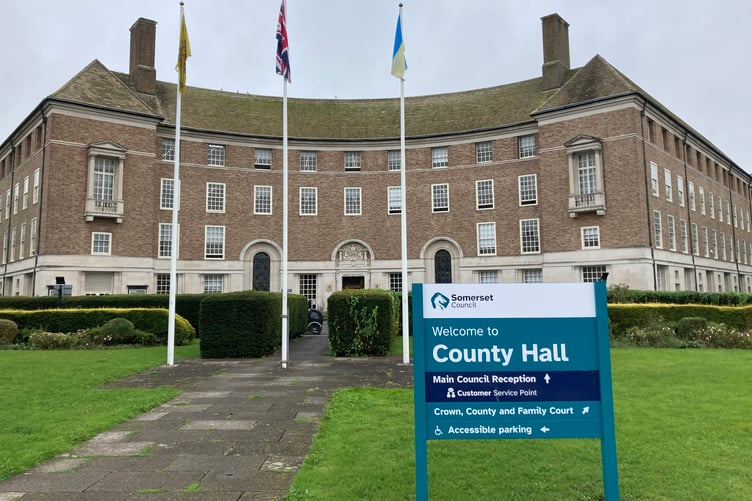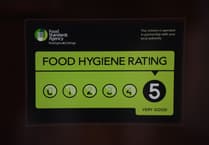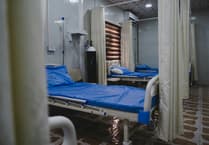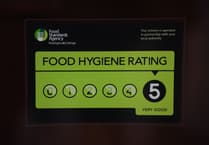THE number of councillors elected to Somerset’s new unitary authority is likely to be cut by nearly a quarter by the time of the next local elections in 2027.
Somerset Council replaced the county council and Somerset’s four district authorities in April, taking on all their functions in what was supposed to be a cost saving and streamlining of decision-making.
The first elections in May of last year saw 110 councillors returned – two for each county division because the boundareis could not be reviewed in time.
Now, the Local Government Boundary Commission for England (LGBCE) has started a review to reduce the number to about 85 councillors.
Somerset currently has the third largest number of councillors of any upper tier or unitary authority in the country, behind only Buckinghamshire with 147 and Durham on 126.
The LGBCE using estimates on population and geographical spread believes Somerset should have between 70 and 90 councillors.
It will review the boundaries of the existing divisions, set the number of councillors per division based on population, and coiuld rename some to reflect their local character.
The review is designed to take account of recent housing growth and population movement across Somerset since the existing division boundaries were last set late in 2012.
Cllr Peter Seib said: “Somerset is a particularly large county, and so in taking up duties as a councillor, you are required to travel some distance.
“The reality is we have a vast majority in Somerset of people who are employed, and it is incumbent on us to try and make sure the council is balanced by a mix of people representing our society.
“We do not want a council made up entirely of people who are financially independent or retired – we want people from across society.”
Councillors receive an allowance for their work rather than a salary, whichin Somerset is currently £15,500 each before any ‘special responsibility’ payments, with council leader Cllr Bill Revans receiving a further £38,750, to reflect the amount of time they commit to council work.
The Liberal Democrat group which took control at the 2022 elections doubled the number of executive councillors receiving extra allowances.
Although there will be fewer councillors in 2027, they may have to cover a larger geographical area and the total paid in allowances could to rise rather than fall.
Discussions to determine the number of councillors are expected to last until the summer of 2024, and will involve consultation with the existing elected members and council officers.
Two public consultations on the new division boundaries will tehn be held, one on the draft proposals in May, 2025, and one on the final recommendations following the public feedback in August, 2025.
Once the final boundaries have been agreed, the LGBCE will submit them to the Department for Levelling Up, Housing and Communities (DLUHC) for approval, wich has to be no later than December, 2026, to allow time to prepare for the elections on May 6, 2027.





Comments
This article has no comments yet. Be the first to leave a comment.